The European Union has banned dozens of highly hazardous chemicals used in industrial agriculture in the last few years. But leading European manufacturers continue to sell the same products cheaply in developing countries, threatening the environment and public health.
BERLIN/CAPE TOWN – Pesticide residue can be found everywhere: in the air we breathe, the food we eat, and the water we drink. A growing body of evidence suggests that herbicides, insecticides, and fungicides cause approximately 20,000 deaths and 385 million poisonings worldwide each year. They can also linger for decades, harming soil fertility and leading to the emergence of herbicide-resistant weeds that threaten biodiversity.
And yet, despite these negative effects, industrial agriculture still relies on pesticide use. In 2017, global pesticide use had grown to four million tons per year, an increase of nearly 81% since 1990. Pesticide manufacturers often claim that their products are crucial to combating global hunger. But up to 828 million people – more than 10% of the world’s population – still go to bed hungry every night. Clearly the answer cannot be found in using more pesticides.
The global food crisis, compounded by the COVID-19 pandemic and Russia’s invasion of Ukraine, has highlighted the urgent need to transform our vulnerable food systems. Dependency on fossil-fuel-based agricultural inputs, such as synthetic fertilizers and pesticides, has made conventional farming more expensive for many around the world. In the past, low- and middle-income countries subsidized such inputs, but soaring inflation has made subsidies too costly, contributing to the sharp rise in food prices.
Reducing the use of toxic pesticides is an important first step toward sustainable food production. The European Union’s Farm to Fork Strategy, part of its Green New Deal, aims to reduce pesticide use and risk by 50% by 2030. In the past few years, the EU has focused on Highly Hazardous Pesticides, banning dozens of active ingredients that may cause acute or chronic health problems and destroy critical biodiversity.
The Heinrich Böll Foundation’s recent Pesticide Atlas sheds light on the dangers these highly hazardous substances pose to the environment and to public health. In particular, the publication highlights the growing use of toxic herbicides, insecticides, and fungicides like glyphosate, imidacloprid, and carbendazim to cultivate soybeans, corn, sugarcane, and grapevines.
While many of these hazardous pesticides have been banned in Europe, they account for over one-third of the sales of the world’s five largest pesticide manufacturers. And European companies such as BASF, Bayer, and Syngenta continue to sell them to low- and middle-income countries, where approval requirements are often less stringent and regulatory authorities are understaffed.
The United Nations has long considered Highly Hazardous Pesticides a global human-rights concern. According to UN experts, these toxic substances endanger people’s rights to food, health, and a clean environment, particularly in developing countries. Moreover, women tend to have much greater exposure to pesticides than men and are more vulnerable to pollution-related illnesses.
Hazardous pesticides are particularly damaging to farmers in developing countries with weak environmental and safety regulations. Because small-scale farmers are often unaware of the dangers of chemical-based pest controls, it is important to provide information about how to mitigate the risks associated with pesticide use and enable them to seek safer alternatives.
But awareness campaigns on their own are unlikely to remove the harmful effects of using hazardous pesticides. In Kenya, for example, 76% of the pesticides in use contain active ingredients that are categorized as highly hazardous, and almost half of the pesticides used in the country are banned in Europe. But, because most farmers’ plots are smaller than two acres and closely situated, it is impossible to implement protective measures such as creating buffer zones. Similarly, personal protective equipment is often unavailable, too expensive, or unsuitable for warm climates.
Civil-society organizations have long urged governments to address the pesticide double standard. Fortunately, European regulators have begun to crack down. Two years ago, Switzerland banned the export of five highly toxic pesticides. In France, a law forbidding the manufacture, storage, and export of EU-banned pesticides was enacted in January. And Germany has recently reaffirmed its commitment to passing legislation prohibiting exports of hazardous pesticides.
Importing countries have also taken steps in the right direction: Tunisia, Mexico, and the Palestinian Authority have banned imports of pesticides that are forbidden in the exporting or producing country. In September, South Africa announced plans to phase out Highly Hazardous Pesticides by June 2024.
While such bans are crucial to reducing pesticide use, governments must also promote safer alternatives. Agroecology not only replaces chemical pesticides with biological ones; more broadly, it relies on nature-based practices to boost the versatility of agriculture, strengthen its resilience, and empower food producers economically and politically.
The current global hunger crisis has revealed the fragility of our food supply chains and highlighted the urgent need for fair, nature-based food systems. There are many examples of effective and proven approaches. We just need to follow them.
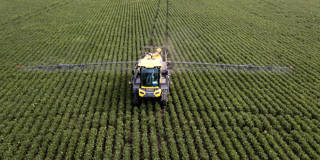
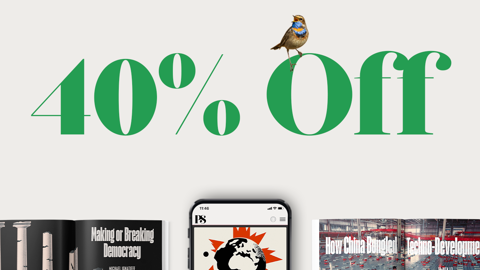
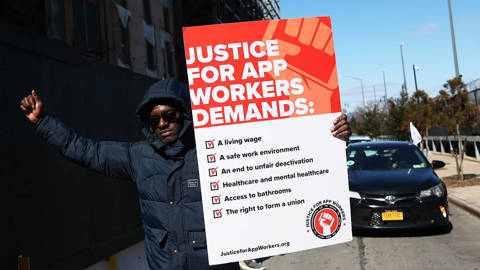

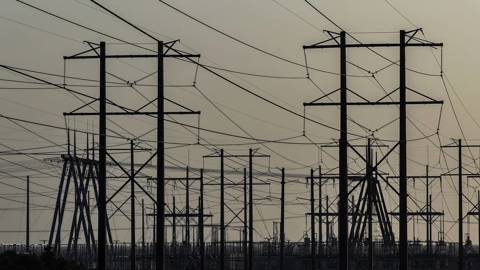


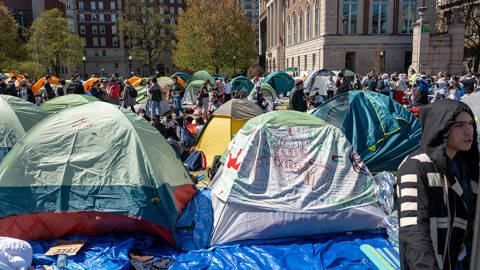
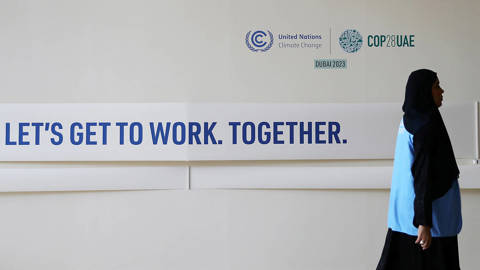


BERLIN/CAPE TOWN – Pesticide residue can be found everywhere: in the air we breathe, the food we eat, and the water we drink. A growing body of evidence suggests that herbicides, insecticides, and fungicides cause approximately 20,000 deaths and 385 million poisonings worldwide each year. They can also linger for decades, harming soil fertility and leading to the emergence of herbicide-resistant weeds that threaten biodiversity.
And yet, despite these negative effects, industrial agriculture still relies on pesticide use. In 2017, global pesticide use had grown to four million tons per year, an increase of nearly 81% since 1990. Pesticide manufacturers often claim that their products are crucial to combating global hunger. But up to 828 million people – more than 10% of the world’s population – still go to bed hungry every night. Clearly the answer cannot be found in using more pesticides.
The global food crisis, compounded by the COVID-19 pandemic and Russia’s invasion of Ukraine, has highlighted the urgent need to transform our vulnerable food systems. Dependency on fossil-fuel-based agricultural inputs, such as synthetic fertilizers and pesticides, has made conventional farming more expensive for many around the world. In the past, low- and middle-income countries subsidized such inputs, but soaring inflation has made subsidies too costly, contributing to the sharp rise in food prices.
Reducing the use of toxic pesticides is an important first step toward sustainable food production. The European Union’s Farm to Fork Strategy, part of its Green New Deal, aims to reduce pesticide use and risk by 50% by 2030. In the past few years, the EU has focused on Highly Hazardous Pesticides, banning dozens of active ingredients that may cause acute or chronic health problems and destroy critical biodiversity.
The Heinrich Böll Foundation’s recent Pesticide Atlas sheds light on the dangers these highly hazardous substances pose to the environment and to public health. In particular, the publication highlights the growing use of toxic herbicides, insecticides, and fungicides like glyphosate, imidacloprid, and carbendazim to cultivate soybeans, corn, sugarcane, and grapevines.
While many of these hazardous pesticides have been banned in Europe, they account for over one-third of the sales of the world’s five largest pesticide manufacturers. And European companies such as BASF, Bayer, and Syngenta continue to sell them to low- and middle-income countries, where approval requirements are often less stringent and regulatory authorities are understaffed.
SPRING SALE: Save 40% on all new Digital or Digital Plus subscriptions
Subscribe now to gain greater access to Project Syndicate – including every commentary and our entire On Point suite of subscriber-exclusive content – starting at just $49.99.
Subscribe Now
The United Nations has long considered Highly Hazardous Pesticides a global human-rights concern. According to UN experts, these toxic substances endanger people’s rights to food, health, and a clean environment, particularly in developing countries. Moreover, women tend to have much greater exposure to pesticides than men and are more vulnerable to pollution-related illnesses.
Hazardous pesticides are particularly damaging to farmers in developing countries with weak environmental and safety regulations. Because small-scale farmers are often unaware of the dangers of chemical-based pest controls, it is important to provide information about how to mitigate the risks associated with pesticide use and enable them to seek safer alternatives.
But awareness campaigns on their own are unlikely to remove the harmful effects of using hazardous pesticides. In Kenya, for example, 76% of the pesticides in use contain active ingredients that are categorized as highly hazardous, and almost half of the pesticides used in the country are banned in Europe. But, because most farmers’ plots are smaller than two acres and closely situated, it is impossible to implement protective measures such as creating buffer zones. Similarly, personal protective equipment is often unavailable, too expensive, or unsuitable for warm climates.
Civil-society organizations have long urged governments to address the pesticide double standard. Fortunately, European regulators have begun to crack down. Two years ago, Switzerland banned the export of five highly toxic pesticides. In France, a law forbidding the manufacture, storage, and export of EU-banned pesticides was enacted in January. And Germany has recently reaffirmed its commitment to passing legislation prohibiting exports of hazardous pesticides.
Importing countries have also taken steps in the right direction: Tunisia, Mexico, and the Palestinian Authority have banned imports of pesticides that are forbidden in the exporting or producing country. In September, South Africa announced plans to phase out Highly Hazardous Pesticides by June 2024.
While such bans are crucial to reducing pesticide use, governments must also promote safer alternatives. Agroecology not only replaces chemical pesticides with biological ones; more broadly, it relies on nature-based practices to boost the versatility of agriculture, strengthen its resilience, and empower food producers economically and politically.
The current global hunger crisis has revealed the fragility of our food supply chains and highlighted the urgent need for fair, nature-based food systems. There are many examples of effective and proven approaches. We just need to follow them.